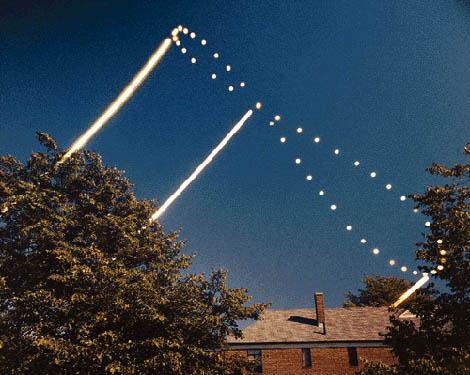I prefer, at the very least, a visual approach. Here's the equation plotted out on bog roll. You'll notice that clocks do agree with the Sun four times a year but it's not really obvious why.

This is really about the different ways of representing "the equation", but first a little preamble. (or you could Google "equation of time" and view all 94,700 results :wink:)
Watches are, of course, mainly instruments to measure the passage of "time". However, "time" in this context is a man-made concept and is now dependent on the machinations of atomic clocks and such-like. The division of the planet into time zones, although good for commerce and the punctuality of trains, has also helped to divorce us even further from the reality of the time by which humanity once lived i.e. solar time; for example - when it is noon at Greenwich (by "noon" I mean when the Sun is at it's highest, not 12 o/clock), the Sun over Rockall Island still has to climb quite a bit. This in spite of the fact that a watch in either location will say "12 o/clock". . . . . which also explains why using your watch to find North can send you up to 15 degs off, and that's not including the 6 deg penalty for forgetting to correct for Summer Time :wink:.
Anyway, the "equation of time" represents the imperfect motion of our planet around the Sun. The equation itself is horrendous, don't even bother to look at it. Generally, we tend to use the term to mean it's result for any given day of the year. Lindbergh used such a result on his epic flight to Paris. The equation of time is also of signifance to garden gnomes, strangely enough. "What's the time, Grumpy?" - "Bloody 'ell have I got to climb up the sundial again??". If you set a sundial to your watch on Feb 14th to please SWMBO on Valentine's day, I guarantee it will be a half-hour fast when you next look at it on Nov 5, between fireworks.
Part of a Sun Data table . . .
Col. 1: Date
Col. 2: Equation of Time. Number of minutes and seconds the Sun is off compared with an accurate clock which shows local mean time.
Col. 3: fast or slow (Sun).
Col. 4: Declination of the Sun in degrees and minutes. When negative, the Sun is south of the celestial equator; when positive, north. Values are averaged over the 4 year leap year cycle.
| Jan1 | 3.12 | S | -23.04 |
| Jan2 | 3.40 | S | -22.59 |
| Jan3 | 4.08 | S | -22.54 |
| Jan4 | 4.36 | S | -22.48 |
Better - a graph
I prefer, at the very least, a visual approach. Here's the equation plotted out on bog roll. You'll notice that clocks do agree with the Sun four times a year but it's not really obvious why.

Better yet
If the graph is plotted against the angle of the Sun instead of against the time of year, the effect of our wobbly orbit, etc becomes immediately apparent. The figure is called an "analemma" (no jokes, please :wink:). This one is stolen from a really good site, check it out . . analemma.com
and there's an even prettier one on our family globe, I didn't even know what it was until yesterday

However it does look like the folks below knew all about it.
Jaeger-LeCoultre Gyrotourbillon (photo by Ron DeCorte, taken from Timezone.com). The cam rotates just once per year, as you might expect.

The best !!!
A time-lapsed sequence of the Sun at 8:30 AM for a year, by Dennis di Cicco
